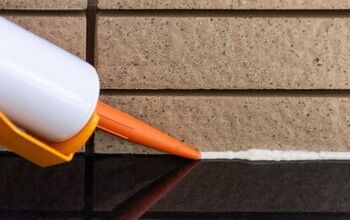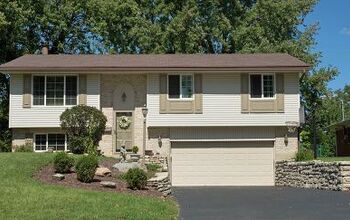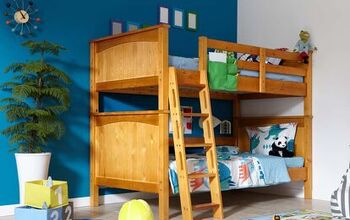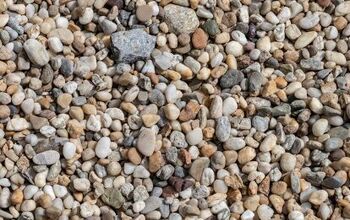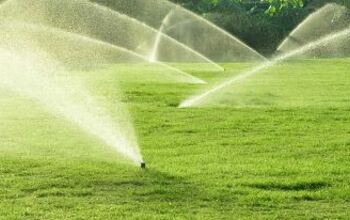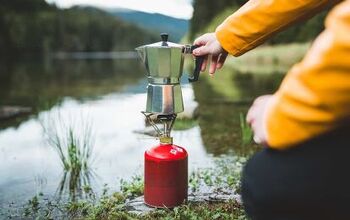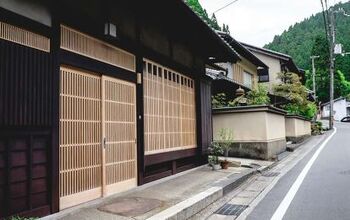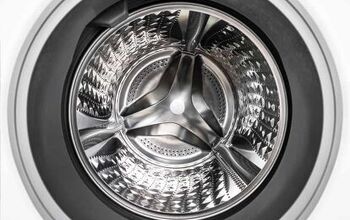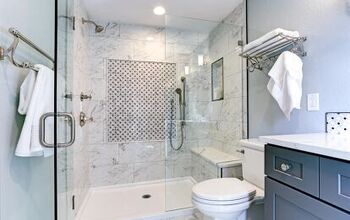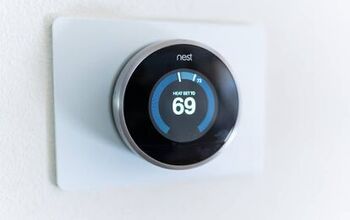Eight Budget-Friendly Greenhouse Tips

Running a greenhouse is expensive, but it doesn’t have to cost a fortune if you’re careful. The trick is to look at each aspect of your greenhouse to find an opportunity to cut costs and boost efficiency. Luckily, we assembled a list of the best budget-friendly greenhouse tips to help you save money.
You can save money on your greenhouse if you maximize space by using shelves, hanging baskets, and planter boxes. It’s easier to stay on budget if you forego expensive insulation and instead, use bubble wrap to retain heat in your greenhouse. Many people use water barrels to absorb heat all day and release it all night to save on heating costs.
You can even save money on greenhouse supplies if you use compost instead of artificial fertilizers. Use as many natural resources as possible, such as rainwater, to cut greenhouse costs. Follow along as we highlight eight essential budget-friendly greenhouse tips.
How To Save Money On Your Greenhouse
You must carefully consider each step to save money on your greenhouse. It’s never too late to cut greenhouse costs, but coming in with a plan is the best option. All it takes is a few simple budget-friendly tips to save money, including:
1. Use Bubble Wrap For Insulation
Some people don’t consider that insulation is a big part of the cost to run a greenhouse. That’s especially true after several years, when you must replace the old insulation and with new. Thankfully, you can save a small fortune on greenhouse costs by using bubble wrap as insulation.
Bubble wrap has cushy air pockets, which can help retain heat and keep cool air out of your greenhouse. You can expect to spend between $0.50 and $3.00 per square foot to insulate a greenhouse with bubble wrap. Depending on the size of the greenhouse, you may only spend $100 on bubble wrap insulation every 3 to 4 years.
Bubble wrap may not be visually appealing, but it can save you hundreds of dollars on greenhouse insulation every few years. You can also cover your greenhouse plants with bubble wrap during the winter to protect them from frost damage. Doing so can ensure they get enough sunlight without leaving them susceptible to cold temperatures and pests.
2. Embrace Passive Ventilation
Ventilation is an essential part of running a greenhouse, but it can also become expensive. However, budget-friendly solutions, such as passive ventilation, can help you cut costs. Passive ventilation can help circulate air throughout your greenhouse without the use of electrical and mechanical fixtures.
Instead of running fans, you can simply install openings, such as vents and windows, to circulate air. That way, you can exchange air without spending a fortune on electrical costs and maintenance. For example, opening the side vent can remove stale air and introduce fresh air for your plants.
This lets you control the humidity and circulate the air enough to hopefully deter greenhouse pests. Passive ventilation relies on wind, so it’s primarily ideal in windy climates. You can always supplement the passive ventilation with small, cheap fans if necessary.
3. DIY Anchor For The Structure
Building a sturdy greenhouse is expensive, whereas building a cheap greenhouse sometimes entails sacrificing structural integrity. However, that’s not a problem if you use tried and true DIY methods to anchor your greenhouse. For example, you can secure your greenhouse with sandbags, ropes, and straps.
Doing so can protect your greenhouse from strong winds, which could otherwise cause damage. You can anchor your greenhouse by hammering some pegs into the ground and running ropes between them and the building. Similarly, you can secure the roof with straps and connect them to posts on the ground or the bottom of the greenhouse.
4. Use Compost
Keeping plants alive in your greenhouse can be costly. However, you can cut costs by forgoing fertilizer and instead using your own compost to fertilize your plants. It’s never too late to start composting, and doing so can benefit your plants more than you may know.
Compost is made of decomposed organic matter, so it’s rich in nutrients that your plants need, such as nitrogen. Ideally, you should start a compost bin near your greenhouse for your convenience. Put a mixture of shredded cardboard, paper, coffee grounds, and garden waste in the bin.
A nice mixture of brown and green organic matter can enrich your compost bin with nutrients. Never put meat or dairy products in your compost bin, as they will quickly rot. Eventually, you can use your compost to enrich the soil and help the plants grow in your greenhouse.
5. Maximize Space
Naturally, a large greenhouse is more expensive than a small greenhouse. However, you can install a small greenhouse to save money without sacrificing too many plants. The best way to do this is to be creative and use vertical space to grow as many plants as possible.
The best way to do this is to build or buy cheap plant shelves for your smaller plants. You can also install hooks to hang baskets for plants like ferns. Similarly, you can install slim benches for planter boxes and pots to sit under the hanging plants.
That way, you can still grow a wide variety of plants without spending extra for a bigger greenhouse. It may take some trial and error, but maximizing space is worth the effort. However, you must be careful and regularly inspect your plants for pests when they’re sitting close together.
6. Collect Water
Watering the contents of your greenhouse can be expensive if you have a lot of plants. However, you can save a fortune on watering costs if you live in a rainy area. Your best bet is to set out some buckets and barrels to collect rainwater and use that to water your plants.
Some people even collect greywater, which is the water from sinks and other appliances, like bathtubs. While that is a good method, greywater is often too dirty to use on your plants. That’s especially true if the water holds traces of soap scum, which may harm your plants.
However, it’s okay to use greywater that you used to rinse out cups and other dishes that aren’t too dirty. Either way, collecting rainwater won’t hurt anything, and it can at least help you conserve water.
7. Use Water Barrels As Thermal Mass
Heating a greenhouse is expensive, especially if you live in a cold climate. However, thermal mass can reduce your greenhouse heating costs if you get creative. Bricks and concrete serve as thermal mass, which stores and releases heat, and so do water barrels.
Storing water barrels in your greenhouse ensures they absorb heat all day and release it at night. In some cases, this means you won’t even have to run a heater at night, unless you’re in an area with harsh winters. The trick is to buy black barrels, as dark colors can absorb heat more effectively.
Otherwise, you can paint your barrels black to have the same effect. Using water barrels as thermal mass can protect your greenhouse plants from frost damage. However, you may still need to use a heater on cold nights, as it’s not worth risking frost damage.
8. Avoid Pesticides
As previously mentioned, you can avoid using fertilizer by using compost instead. Similarly, you can forego pesticides and use natural methods instead. For example, growing pest-repellent plants, like marigolds, lavender, and mint, can have the same positive effects as pesticides.
Growing aromatic plants can deter many pests, and that’s better than using harmful pesticides. Pesticides can harm your plants, the environment, and even yourself in small spaces. You can use other natural pest control methods, like beneficial nematodes, to deter greenhouse pests.
Insecticidal soap and neem oil are also great, affordable pest control options. Check your plants for signs of pests daily to catch the problem before it spreads throughout the greenhouse.
Summing It Up
Budget-friendly greenhouse tips, such as using bubble wrap for insulation, can save you hundreds of dollars a year on greenhouse costs. You can also save money by using compost and reusing rainwater to water your plants. It’s also a great idea to use passive ventilation, like vents and open windows, instead of an expensive ventilation system.
Related Guides:

Nick Durante is a professional writer with a primary focus on home improvement. When he is not writing about home improvement or taking on projects around the house, he likes to read and create art. He is always looking towards the newest trends in home improvement.
More by Nick Durante











